When creating molding and millwork, you need to ensure the safety of millworkers by following the correct procedures. Not doing so can lead to injury, illness, or worse. It is crucial to find ways to minimize the risks of material handling with millwork engineering and prevent any complications that may result.
This write-up focuses on the health and safety of millworkers, potential dangers in some of the materials used, how to prevent and minimize vulnerability to diseases and illnesses, and much more.
Table of Contents:
Molding and Millwork Materials and Related Health Challenges
Safety when using millwork materials is essential in the development of molding and millwork. Here are some ways you can ensure the health of millworkers.
It is important to note that before any construction or renovation work is carried out, a full risk assessment should be conducted for each area and aspect of the project. Analyzing potential hazards is crucial to creating and maintaining a safe working environment for all workers.
Here are some general questions we recommend considering before a project commences:
- Who is responsible for the safety and well-being of the workers on site?
- Can this person keep themselves up-to-date on the latest information and guidelines regarding building safety, hazards, and materials?
- Who is in charge of reporting all safety breaches?
- Is a qualified, well-equipped first-aid resource available?
- Is the requisite protective equipment available?
- Are all correct safety signs and notices displayed?
- Are all site workers and visitors fully aware of all the health and safety risks of the work?
- Is the workplace efficient and organized?
Molding and Millworker Safety: Specific Materials
Plywood and Particle Boards
Plywood is produced by gluing sheets of wood together, while particleboards are produced by gluing wood dust and chips.
The glue used for these sheets needs to be handled with preventive measures. Here are some tips:
- Use low-formaldehyde or wear a respirator to prevent inhaling formaldehyde.
- Wear a mask during production processes such as sanding, machining, and heating because chemicals such as formaldehyde, hydrogen cyanide, phenol, and carbon monoxide can be released.
- Do not store plywood or composition boards in a closed area; they will release formaldehyde. Instead, store them in a well-ventilated location where people are not working.
Wood is usually treated for durability and top condition. Pesticides and preservatives are applied to keep the wood in the best condition possible.
For millworker safety, the following instructions can be followed:
- Always wear a coverall coat and a mask when spraying wood with chemicals. Avoid inhaling the chemicals or letting them come in contact with your skin. This will help to prevent respiratory issues and skin irritation.
- If you must use preservatives, use zinc and copper naphthenates.
- Request the material safety data sheets regarding all chemicals used for the wood treatment.
Woodworking
Millwork, by its definition, involves using a wide variety of woods. The main challenge when working with wood is often the dust it emits.
- In the right conditions, eyewear can include safety glasses with side shields or a full face mask. Ideally, it should meet OSHA standards.
- You can use earmuffs or earplugs for ear protection.
- Disposable dust masks or respirators can be used when cutting wood to create trim molding.
- If dealing with toxic fumes, use a HEPA-filtered unit.
- Do not wear any jewelry.
- Disconnect power when changing bits or blades.
- The blades you use should be sharp; if they are dull or damaged, they can create harmful splinters. Sharp blades also have less kickback.
- Check the wood for any nails or pieces of metal before you begin working on it.
- Whenever possible, bring your woodwork to the stationary cutting tool. It is safer than forcing it onto a work surface.
- Always use a single extension cord if you use power tools at a longer distance than their attached cord permits.
- Do not ever reach over a running blade.
Plaster and Mold
Millworkers carve, cast, and model different types of woodwork products, whether stock or custom architectural millwork. To achieve this, millworkers sometimes use various types of plaster in tandem with wood, such as plaster of Paris, white art plaster, clay plaster, etc.
Plasterers may risk injury from debris or falls from a height without protective equipment when applying plaster to objects, walls, or ceilings.
There are various ways to stay safe when handling plaster used for making molding and millwork:
- Dryliners and plasterers should wear protective equipment when working on-site. This can include protective eyewear for blocking pieces of plaster and airborne particles, shoes meant for use on ladders, and odor masks.
- When working with different chemicals, wear a coverall coat, safety goggles, and gloves to prevent inhalation and absorption through the skin.
- Any ladders should be secured on a stable and level base before climbing. While working, one should not overstretch or lean—instead, climb down and reposition the ladder where you need it to reduce the risk of falling.
Stoneworking
Stones are one of the materials used for millwork. Some of the stones millworkers use include alabaster, sandstone, greenstone, and limestone.
Stones undergo crushing, fracturing, scraping, chipping, flaking, sanding, polishing, and pulverizing with tools and detailed stone shop drawings in the US to achieve the right shape and appearance.
Soft stones can be cut manually, but hard stones require pneumatic and electric tools.
A lesser-known hazard associated with stonemasonry is upper limb disorders, which can be caused by using certain electric/vibrating hand tools. Over time, vibrations can affect tendons, nerves, bones, and muscles and cause pain and sensitivity.
- Avoid using soapstone, serpentine, and greenstone.
- Wear safety goggles while chipping, flaking, or carving rocks.
- Do not attempt to catch falling tools or stones.
- Use the right techniques when lifting stones to prevent back injuries.
- Large sheets of stone should not be stored in a way that balances them on their edge; they can fall and crush workers.
- Factor in that natural stone can have fissures that can cause it to crack or even shatter while you are handling it.
- Stonecutting should always take place in a well-ventilated area.
- Any dust in the environment should be cleared as soon as possible.
- Try to choose ergonomic tools that reduce the risk of injury.
When developing molding and millwork, the health of millworkers should be the top priority. Safety guidelines should be followed to the letter—not doing so is an act of hubris that can quickly spiral into disaster.
One way to ensure the safety of millworkers is to use accurate millwork shop drawings and millwork drafting. That’s why many companies approach BluEntCAD, which has worked with most of the US’ largest homebuilders.
We serve casework companies, woodworking companies, custom furniture manufacturers, millwork manufacturers, signage manufacturers, cabinet makers, home designers, and decks & fencing manufacturers.
Browse our portfolio to see how we’ve helped companies like yours.
To make your millwork project a success and maintain the safety of your staff, contact us now for millwork detailing services!
Maximum Value. Achieved.


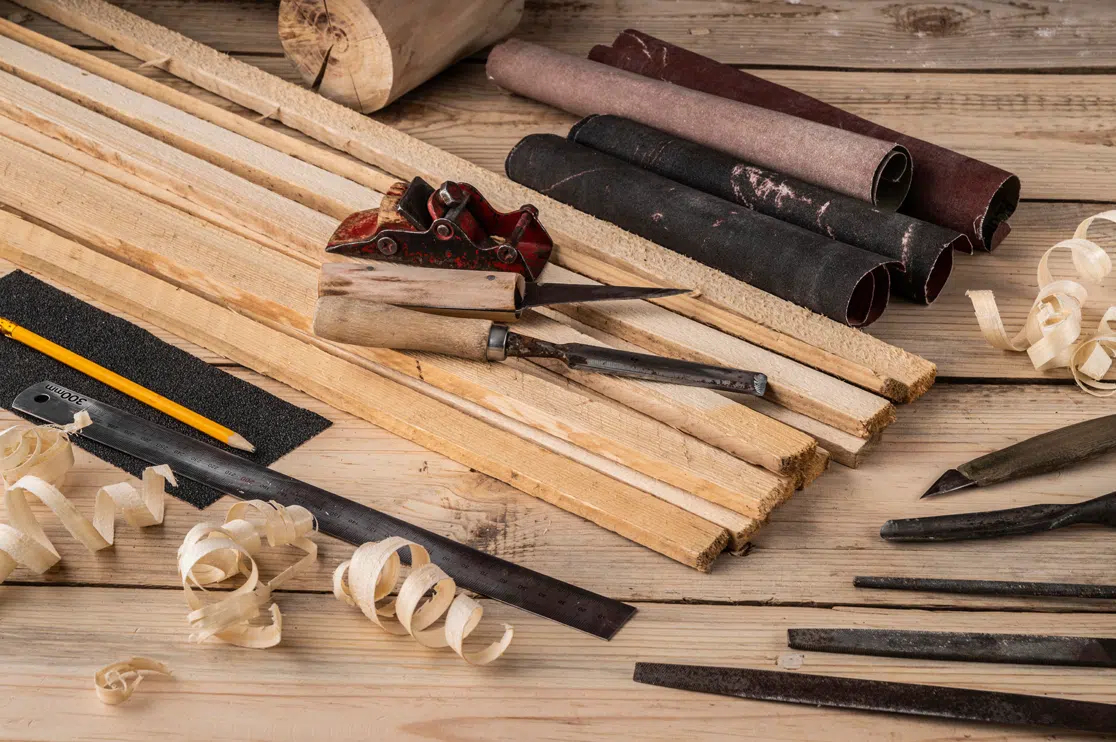

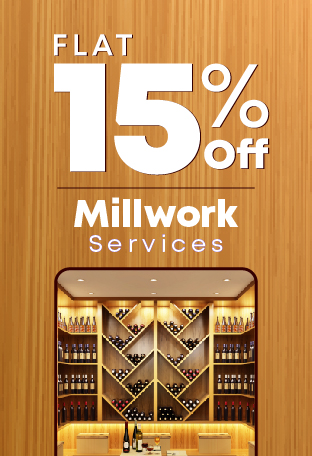


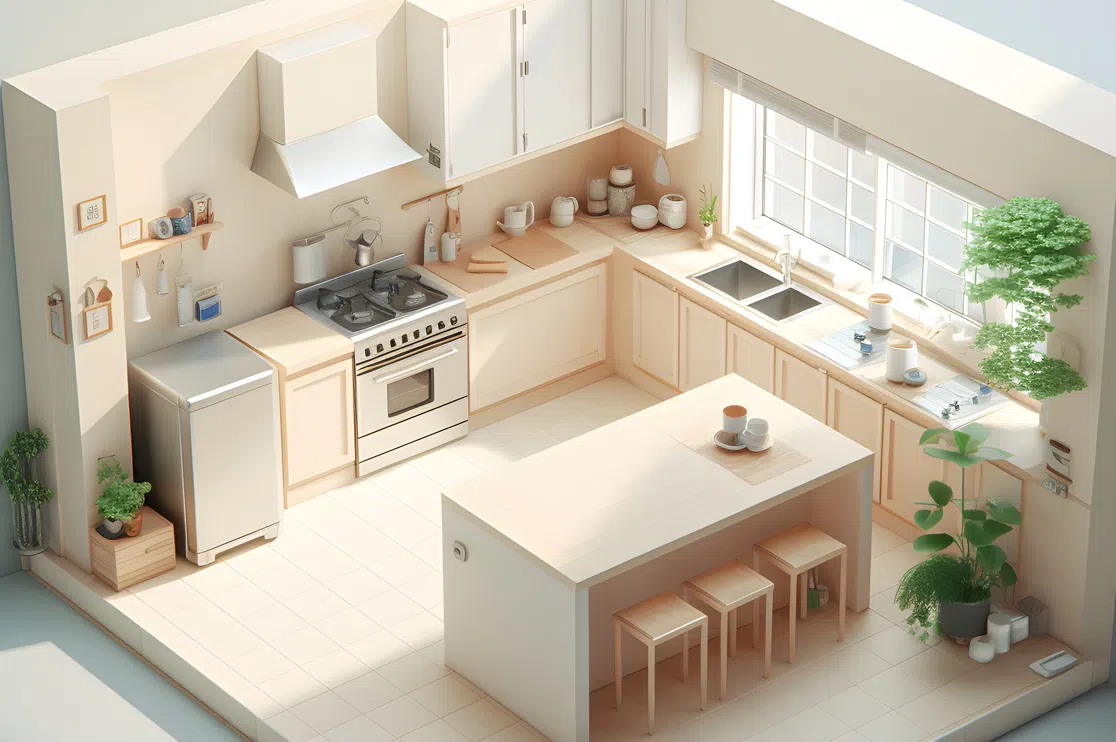 7 Stunning 3D Kitchen Design Ideas for a Perfect Remodel
7 Stunning 3D Kitchen Design Ideas for a Perfect Remodel 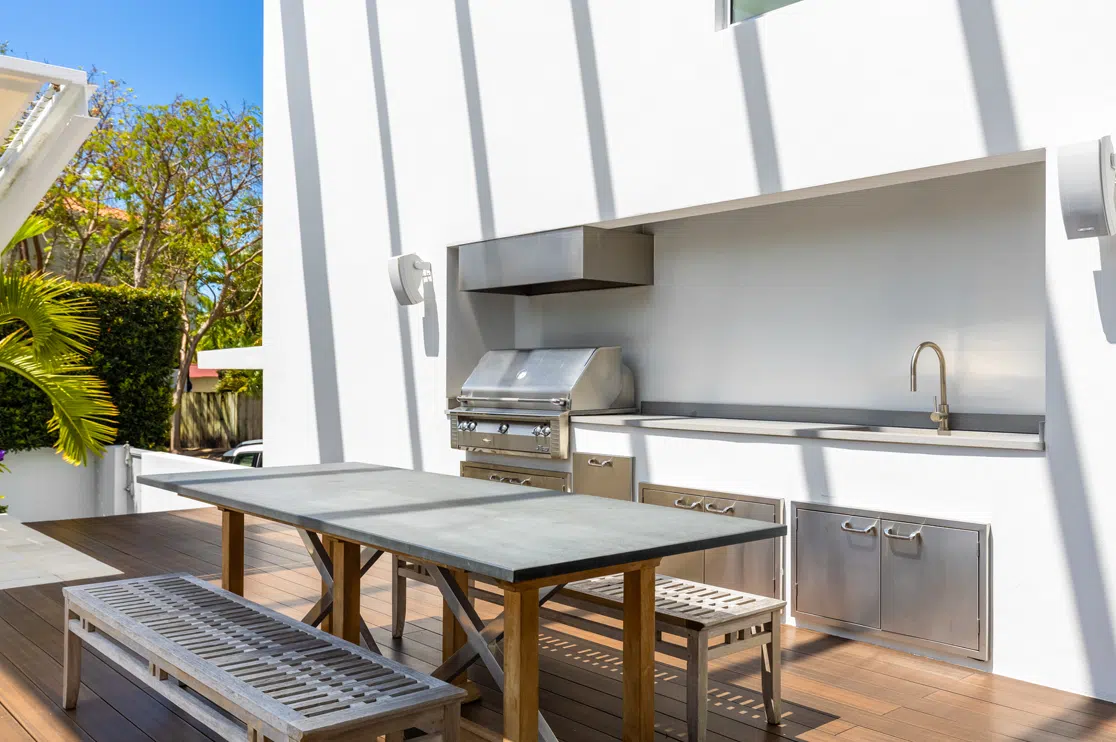 Outdoor Kitchen Designs and Cabinetry for Amenities Beyond Interiors
Outdoor Kitchen Designs and Cabinetry for Amenities Beyond Interiors 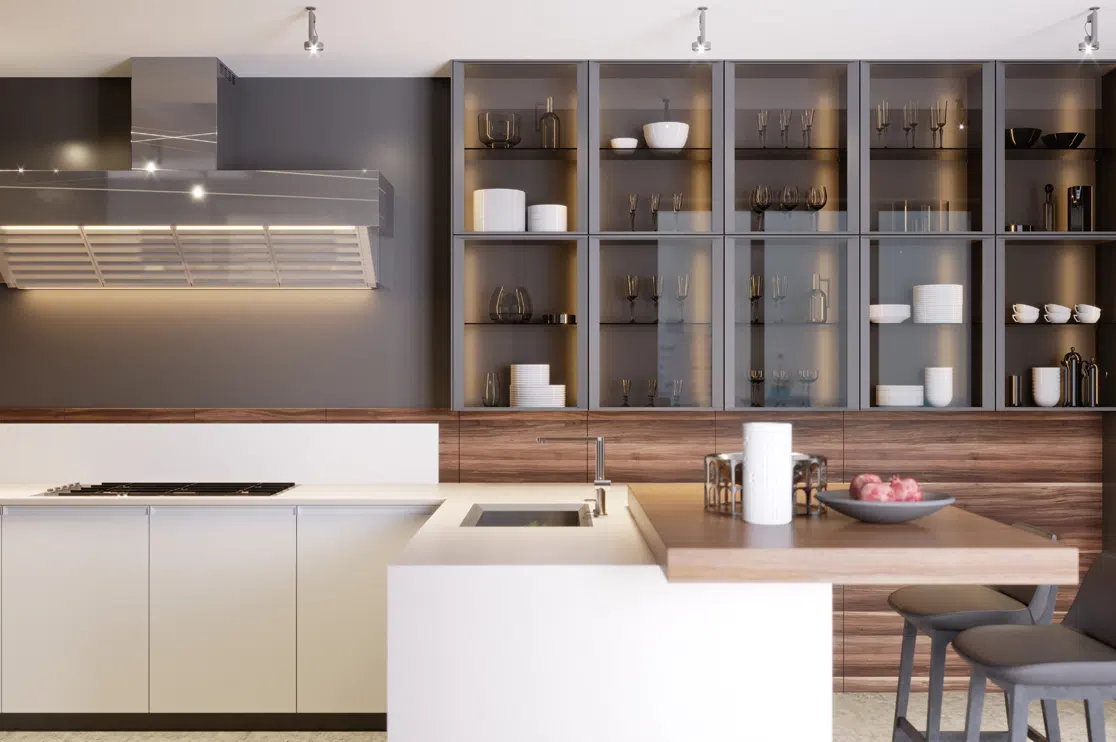 Kitchen Cabinet Trends Your Millwork Drafter Must Consider for Remodeling Projects
Kitchen Cabinet Trends Your Millwork Drafter Must Consider for Remodeling Projects 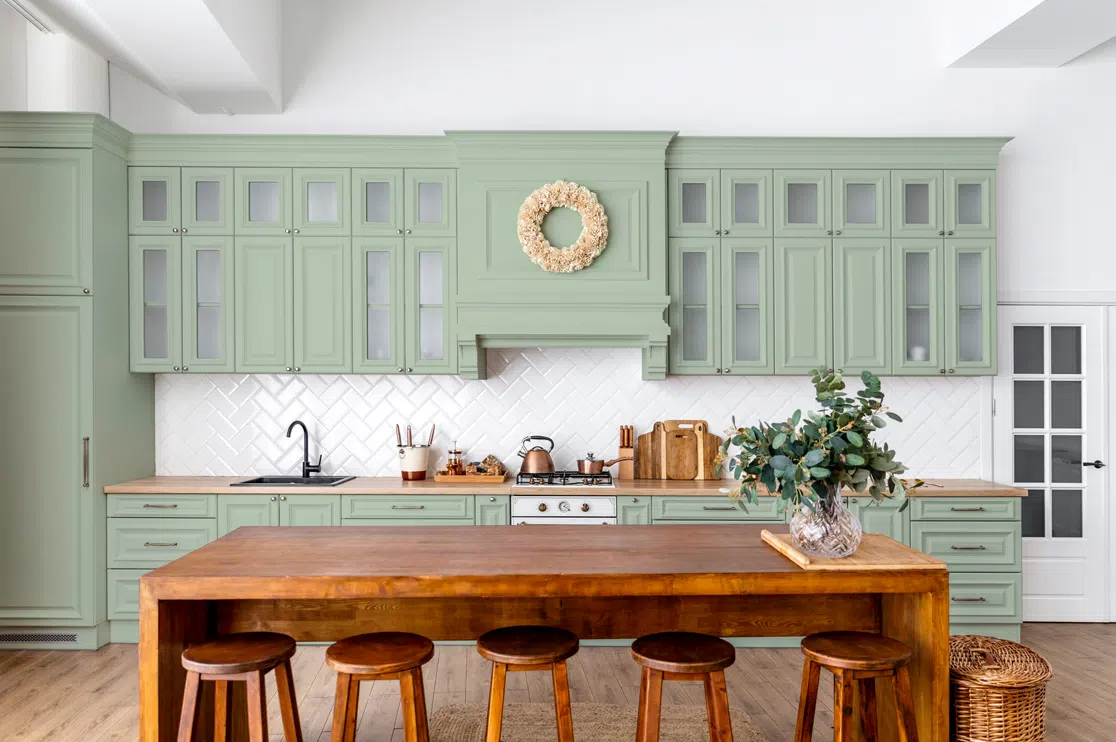 7 Kitchen Cabinet Grades for Remodeling
7 Kitchen Cabinet Grades for Remodeling